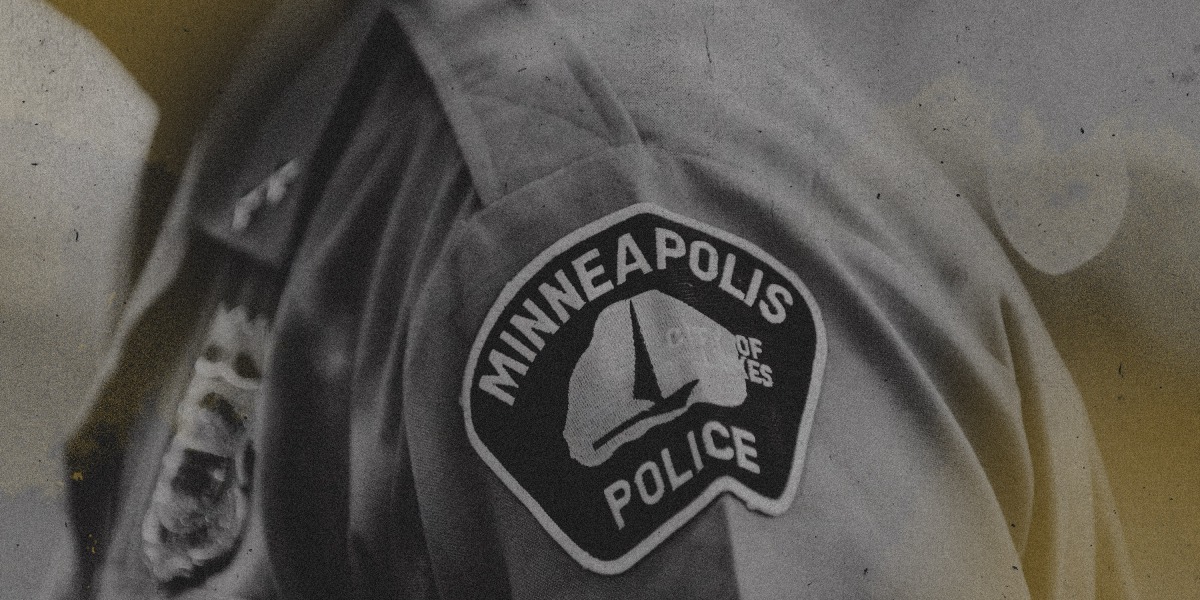
“Since 2010, of the 14 individuals that MPD officers have killed, 13 of those individuals were people of color or Indigenous individuals,” the report states. “People of color and Indigenous individuals comprise approximately 42% of the Minneapolis population but comprise 93% of all MPD officer-involved deaths between January 1, 2010, to February 2, 2022.”
A clear racial disparity can be seen in the widespread use of chemical and other “less-lethal” weapons as well. MPD officers deploy pepper spray against Black people at a higher rate than they do against white people. From the report: “Officers recorded using chemical irritants in 25.1% of use of force incidents involving Black individuals. In contrast, MPD officers recorded using chemical irritants in 18.2% of use of force incidents involving white individuals in similar circumstances.” Overall, according to the report, “between January 1, 2010, to December 31, 2020, 63% of all use of force incidents that MPD officers recorded were against Black individuals.”
Traffic stops were unfortunately no different. “Although Black individuals comprise approximately 19% of the Minneapolis population, MPD’s data shows that from January 1, 2017, to May 24, 2020, 78%—or over 6,500—of all searches conducted by MPD officers were searches of Black individuals or their vehicles during officer-initiated traffic stops.” Black people in Minneapolis are at six times greater risk of being treated with force during traffic stops than their white neighbors, according to the report.
The Minneapolis Police Department has not replied to our request for comment.
The Secret Police: An MIT Technology Review investigation
This story is part of a series that offers an unprecedented look at the way federal and local law enforcement employed advanced technology tools to create a total surveillance system in the streets of Minneapolis, and what it means for the future of policing. You can find the full series here.
Illegal surveillance
The report also describes the department’s use of secret social media accounts to monitor Black people: “MPD officers used covert, or fake, social media accounts to surveil and engage Black individuals, Black organizations, and elected officials unrelated to criminal activity, without a public safety objective.”
Online, officers used covert accounts to follow, comment in, and message groups like the NAACP and the Urban League while posing as like-minded individuals.
“In one case, an MPD officer used an MPD covert account to pose as a Black community member to send a message to a local branch of the NAACP criticizing the group. In another case, an MPD officer posed as a community member and RSVP’d to attend the birthday party of a prominent Black civil rights lawyer and activist,” the report says.
Similarly, MIT Technology Review’s reporting shows that officers kept at least three watch lists of people present at and around protests related to race and policing. Nine state and local policing groups were part of a multi-agency response program called Operation Safety Net, which worked in concert with the Federal Bureau of Investigation and the US Department of Homeland Security to acquire surveillance tools, compile data sets, and increase communication sharing during the racial justice protests in the state. The program continued long past its publicly announced demobilization.
Though our investigation did not probe the extent of racial bias, it showed that local, state, and federal law enforcement agencies learned to work in concert to render anonymous protesting—a core tenet of free-speech protection under the First Amendment of the US Constitution—all but impossible.

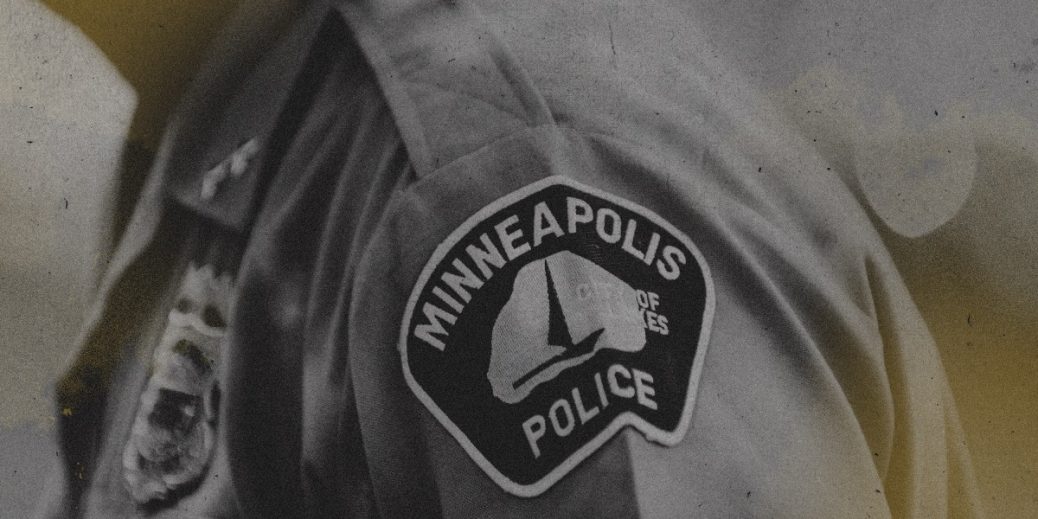
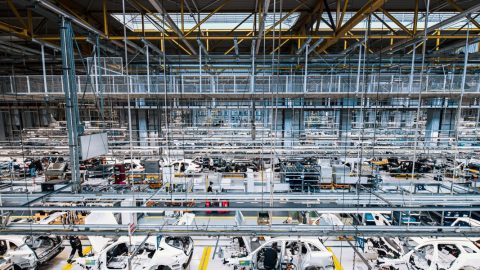

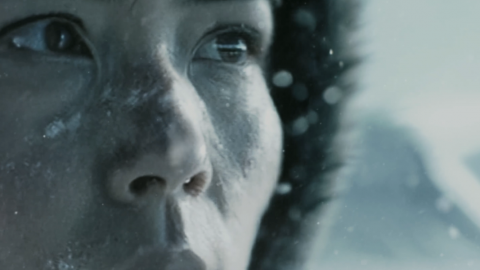

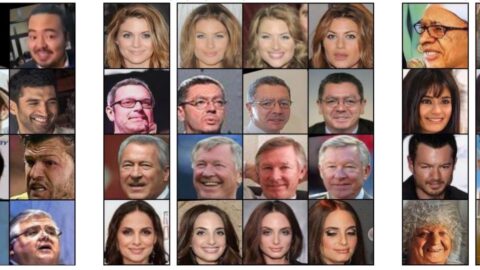
Recent Comments